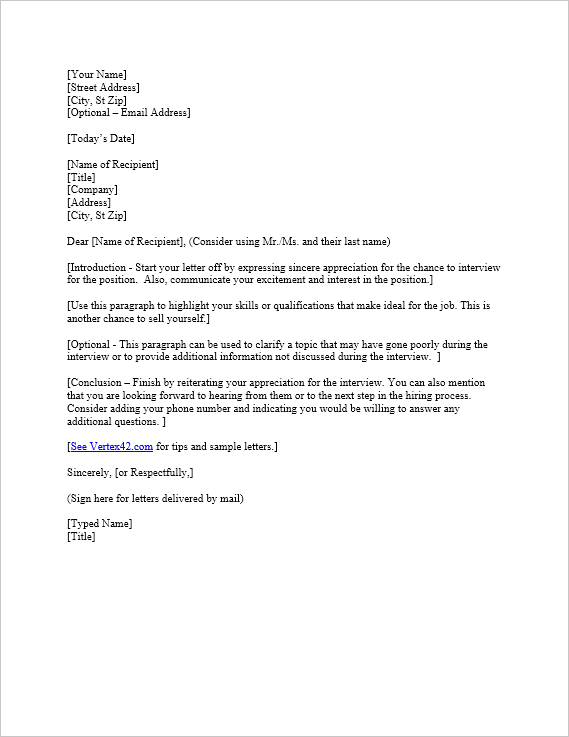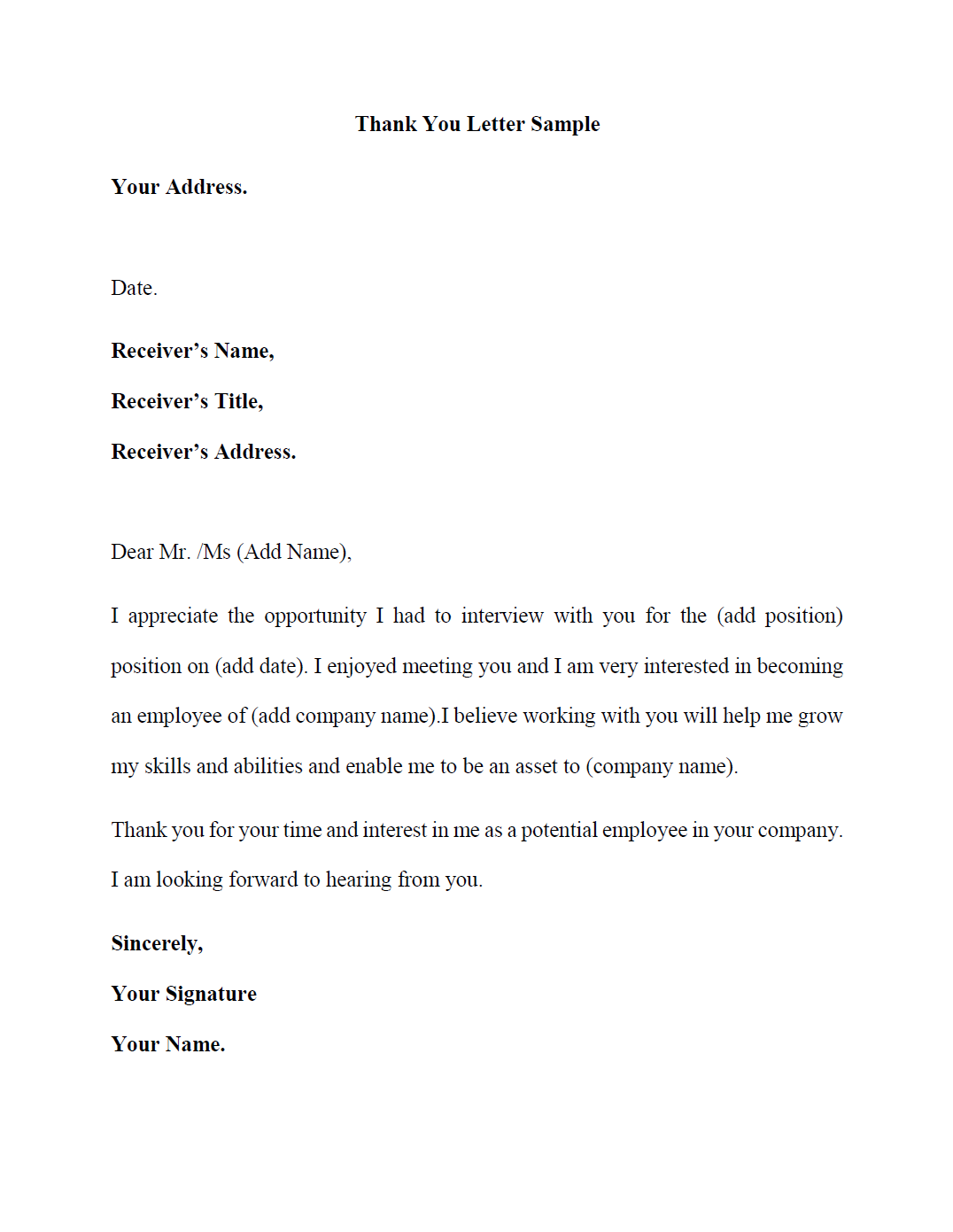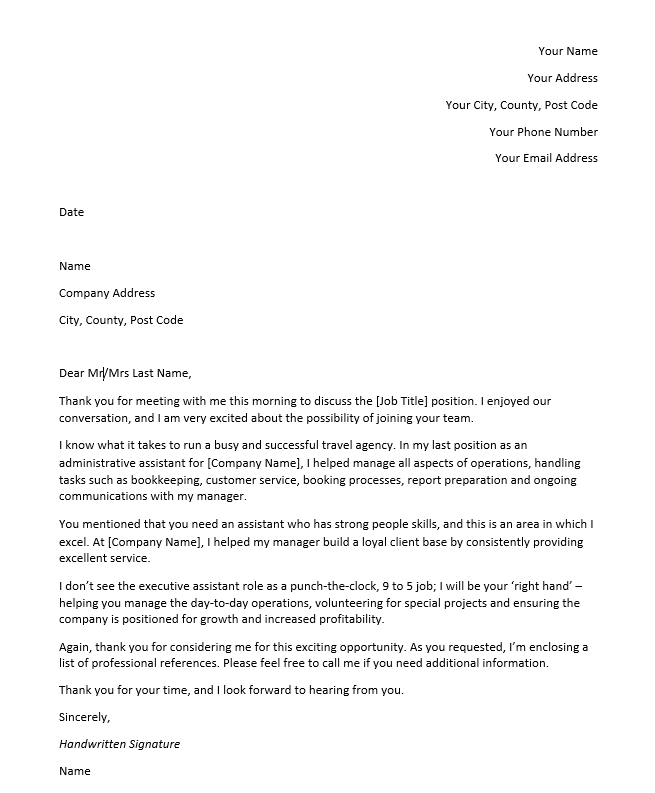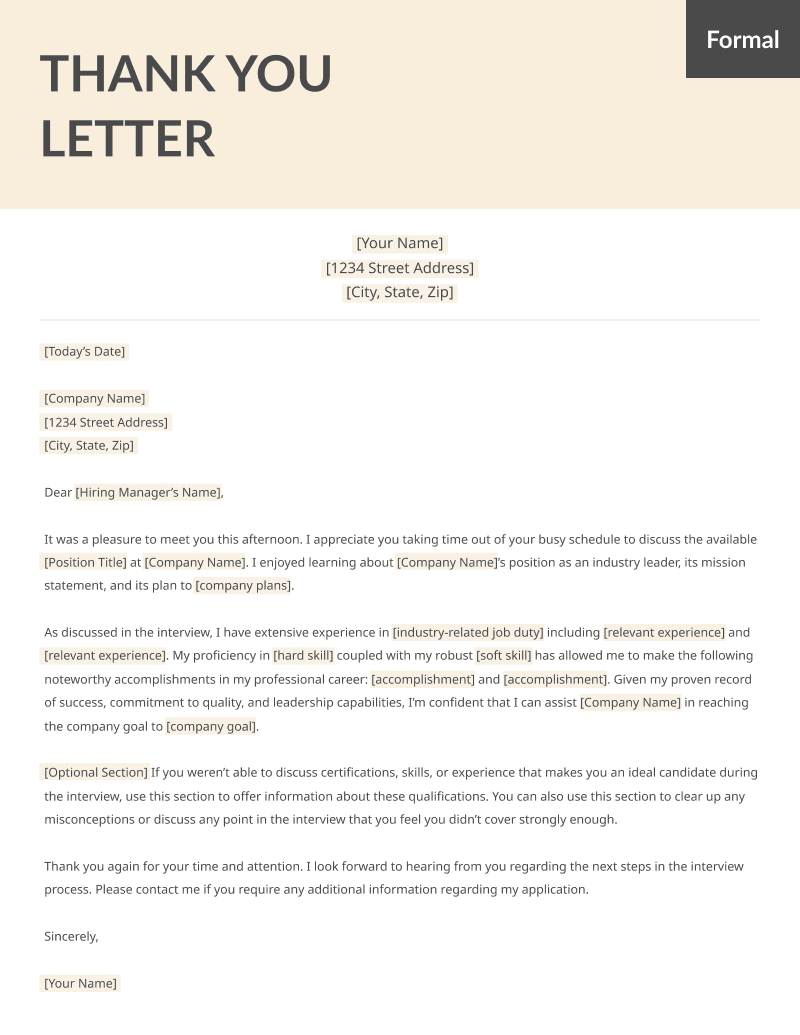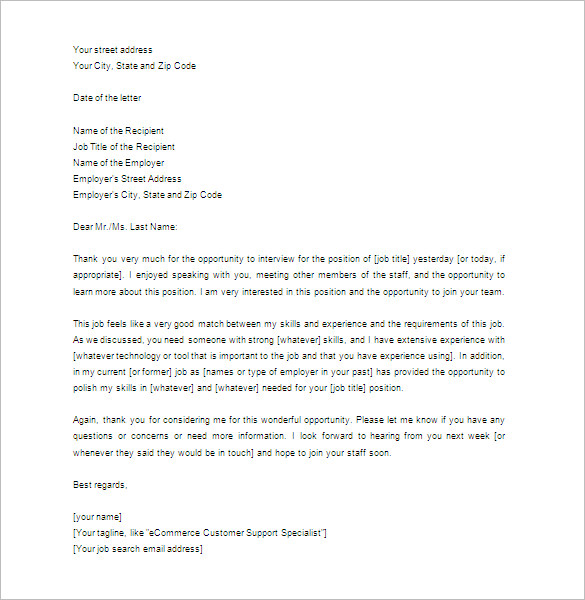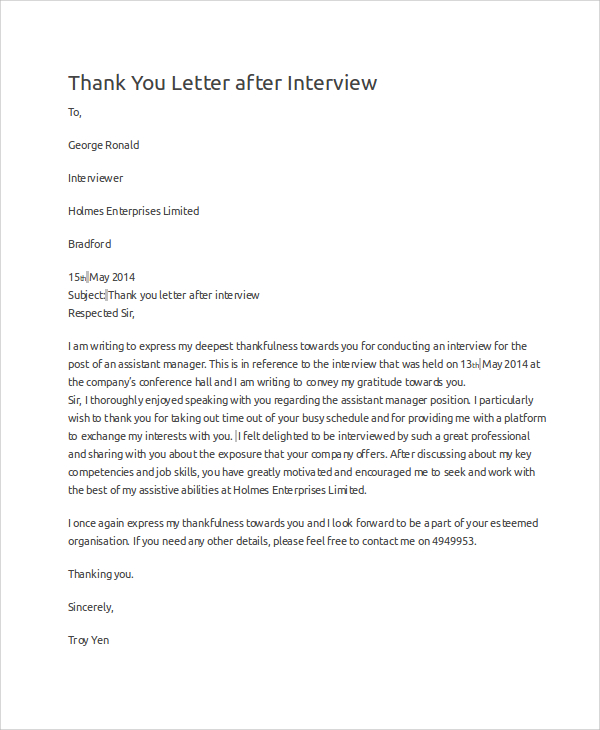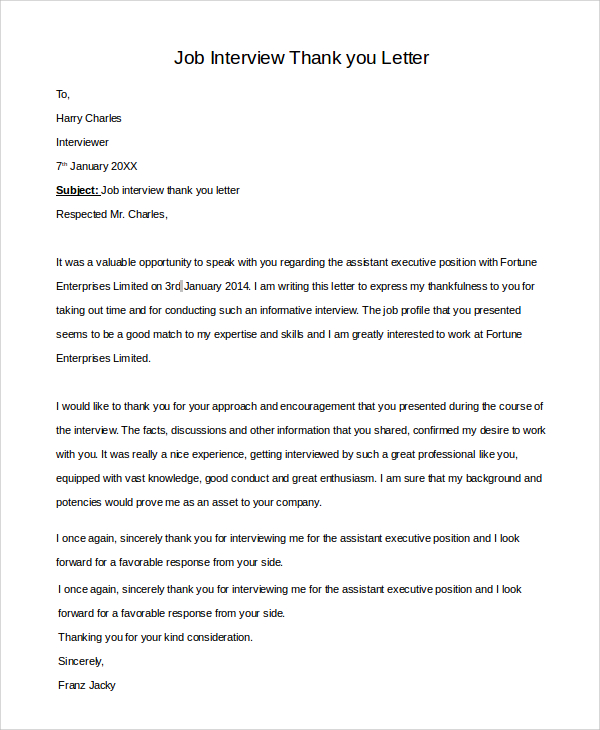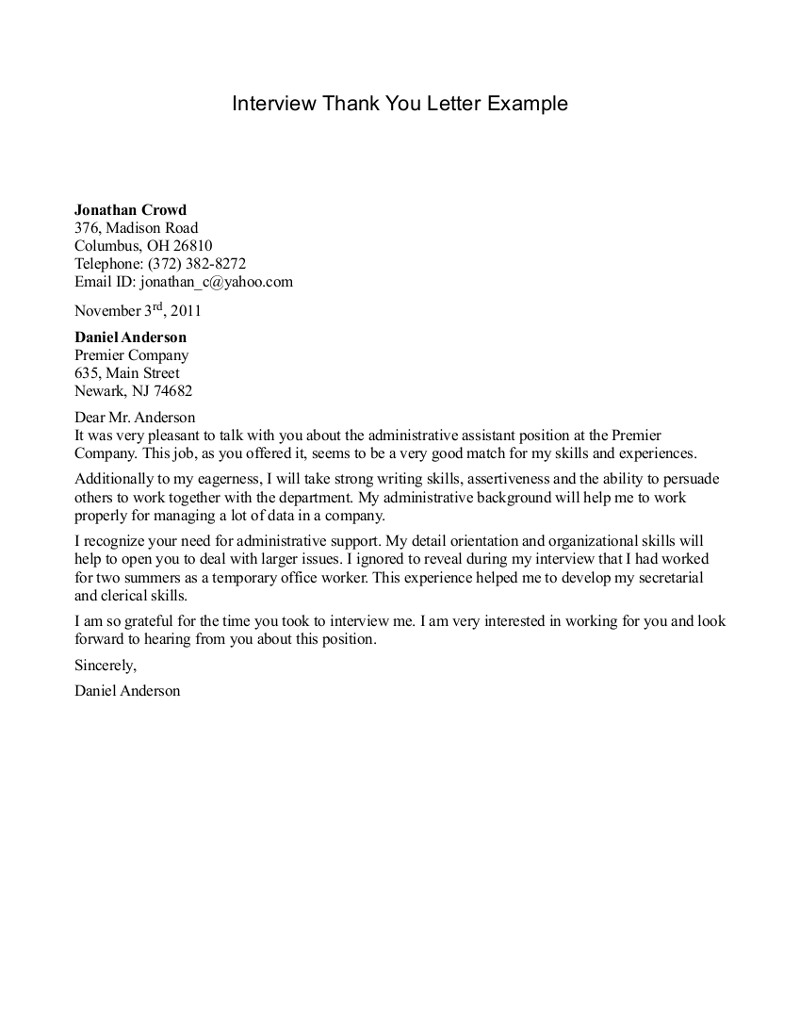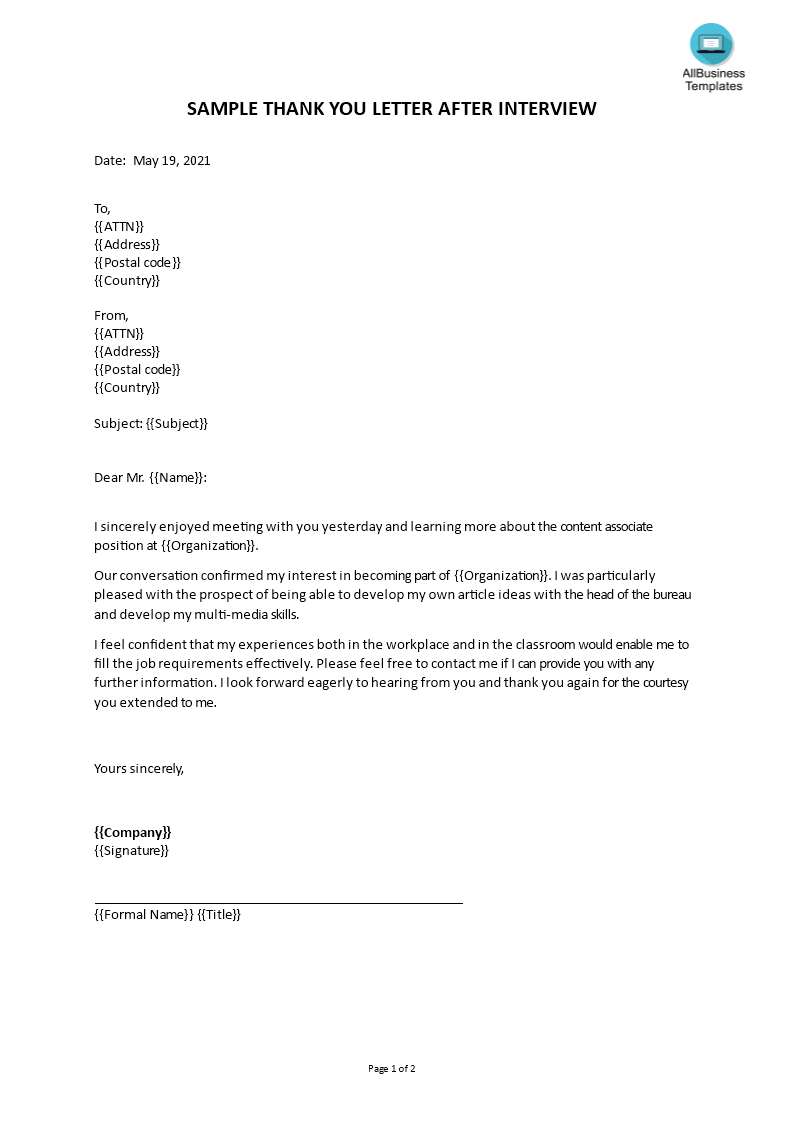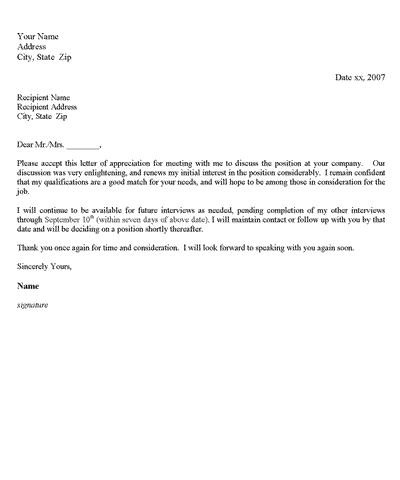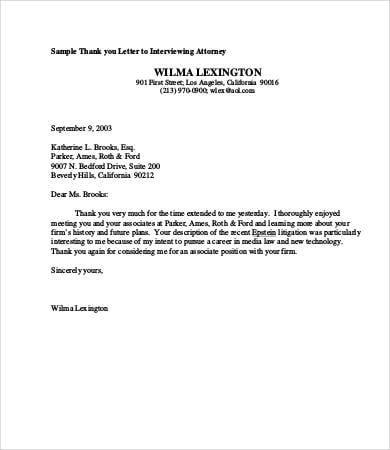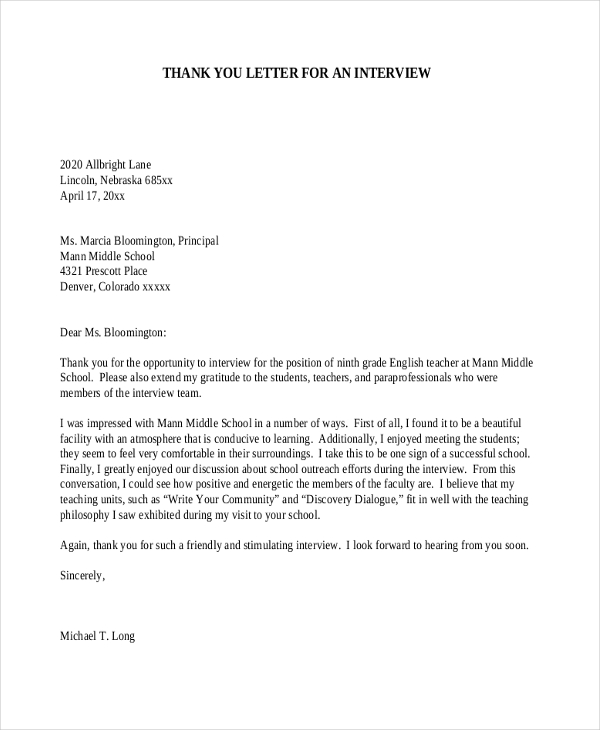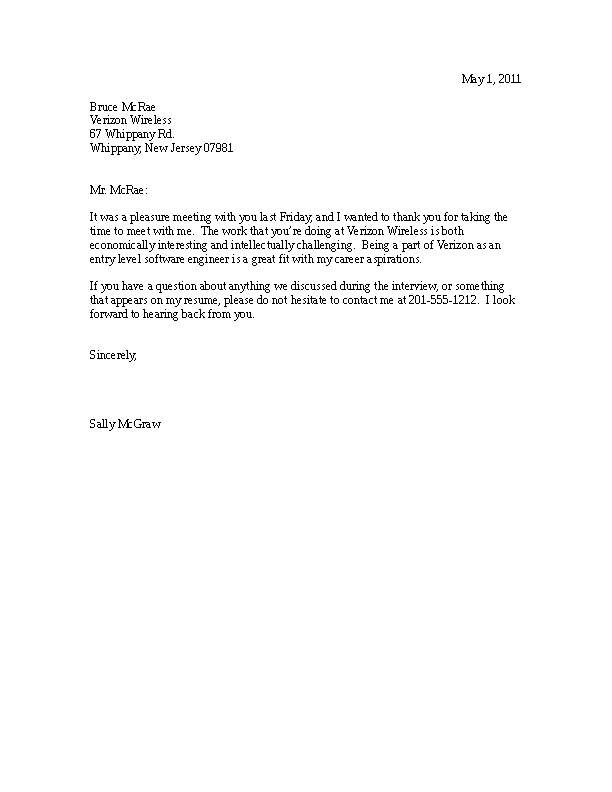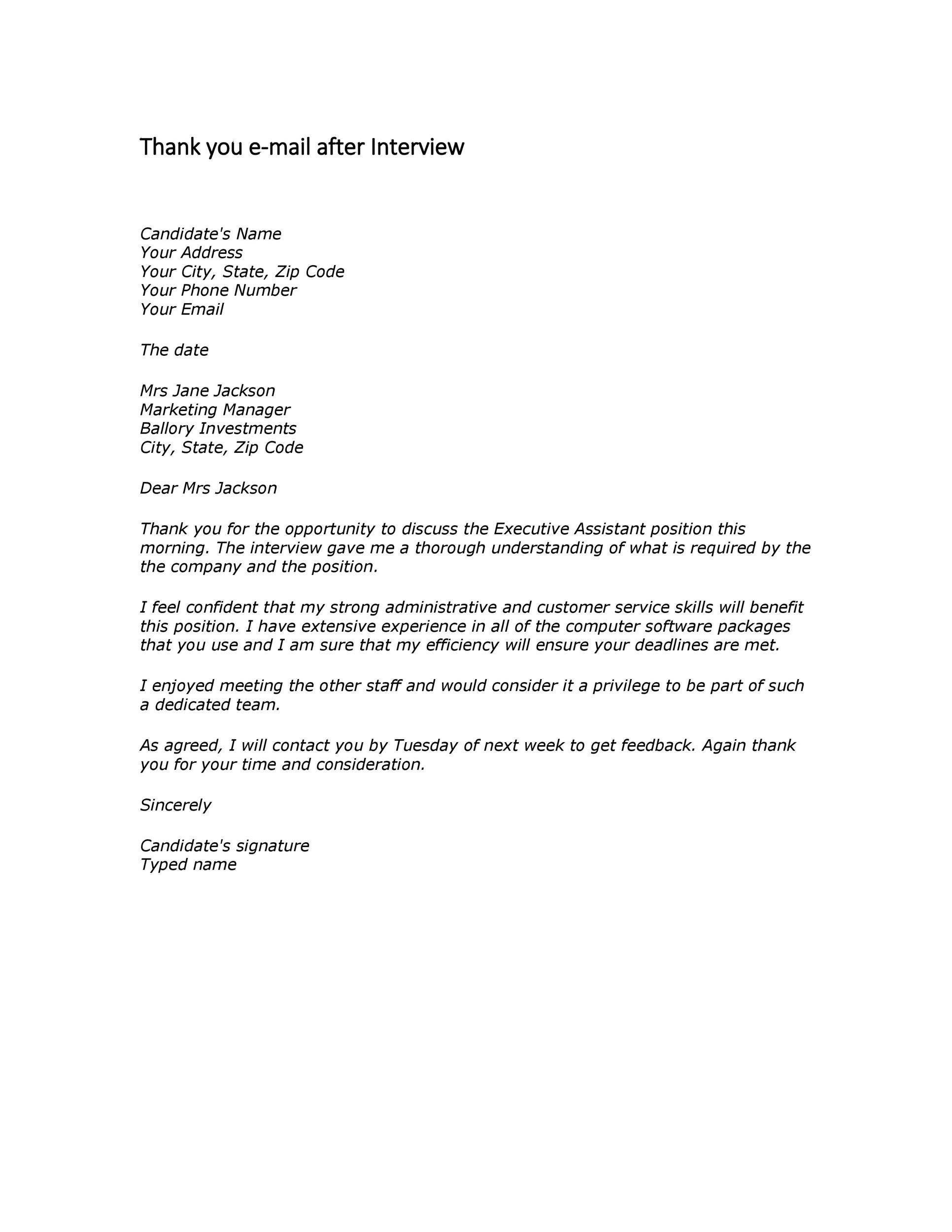Can’t-Miss Takeaways Of Tips About Good Thank You Letter For Interview Medicine Cv Example

Include the subject line as “thank you for your time.”.
Good thank you letter for interview. Proofread and edit before sending your thank you email to the executive, do a thorough proofread and edit on the document. The above thank you email is short but good enough if a candidate has just cleared the first, second, or telephonic round. Start the main section of the letter by thanking the organization and expressing the appreciation for their time during the interview.
Ensure your spelling and grammar are correct. If you know for sure that they are not considering you, perhaps a thank you note after receiving a rejection is more appropriate — that thank you note works much more often than you may think. Begin the email body with a personalized greeting.
Dear [interviewer’s name], [opening line thanking them.] [personalized detail about how you enjoyed meeting them, the hiring manager, and/or the team.] [sentence that adds value to the discussions you had, and shows your passion for the company and position.] Following are the steps to follow while constructing a thank you note: If you're sending an email thank you note, avoid using common subject lines that may end up.
You can reference specific instances that may have come up in an interview. How to write a thank you note after an interview 1. Dear [interviewer’s name], [opening line thanking them.] [personalized detail about how you enjoyed meeting them, the hiring manager, and/or the team.] [sentence that adds value to the discussions you had, and shows your passion for the company and position.]
You should write a thank you note to each person that interviewed you. Consider the hundreds of emails that the recipient likely receives every day, and try to think. Ad find tips on how to write thank you notes and other ways to follow up after an interview.
Express sincere gratitude for their time and what they contributed to the interview. Do a final name and honorific check for the recipient. Address the person in the way they asked you.
